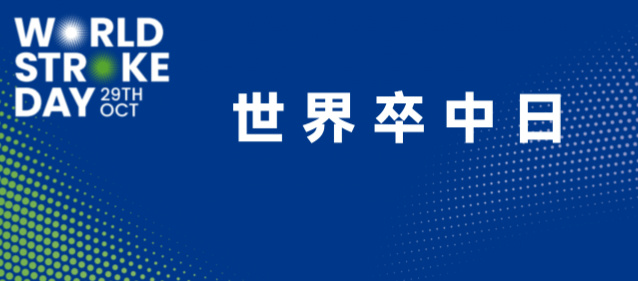透视导引下急救气管插管治疗急性呼吸困难或窒息
目的:评估透视导引下对急性呼吸困难或窒息进行紧急气管插管(EEI)的可行性。
Methods
From October 2011 to October 2014, of 1521 patients with acute dyspnea or asphyxia who required EEI in 6 departments, 43 patients who experienced intubation difficulty or failure were entered into this study. Data on technical success, procedure time, complications, and clinical outcome were collected. The pulse oxygen saturation and Hugh-Jones classification changes were analyzed.
方法:在2011.10月—2014.10月期间收集了1521例因急性呼吸困难或窒息需要进行紧急器官插管,其中有43例插管困难或失败的纳入了本研究。数据收集插管成功率、插管时间、并发症及相关临床结果资料。分析血氧饱和度和休米琼斯分类的变化。
Results
Fluoroscopy-guided EEI was technically successful in all patients. Acute dyspnea had resolved in all patients with clinical success rate 100% after the procedure. There were no serious complications during or after the procedure. The pulse oxygen saturation and Hugh-Jones classification showed significant increase after EEI (P < .05). Further treatments, including tracheal stents (n = 21), surgical resection (n = 16), palliative tracheotomy (n = 4), and bronchoscopic treatment (n = 2), were performed 1 to 72 hours after EEI. During a mean follow-up period of 13.2 months, 13 patients had died and 30 patients remained alive without dyspnea.
结果:所有患者在透视引导下EEI均成功,并且插管后急性呼吸困难均已缓解,无严重并发症发生。在EEI后血氧饱和度和休米琼斯分类显著增加(P<0.05)。在插管后的1—72小时中进一步的治疗措施包括气管支架(n = 21)、外科手术(n = 16)、姑息性气管切开术(n = 4)和支气管镜下治疗(n = 2)。在平均随访期的13.2个月中有13例死亡,其中30例患者存活中均无呼吸困难。
Conclusions
Fluoroscopy-guided EEI is a safe and feasible procedure, and may serve as an alternative treatment option for patients when traditional EEI is unsuccessful.
结论:透视引导下EEI是安全可行的,在患者进行传统的插管时不成功的时候可作为一种替代治疗。



.jpg)


